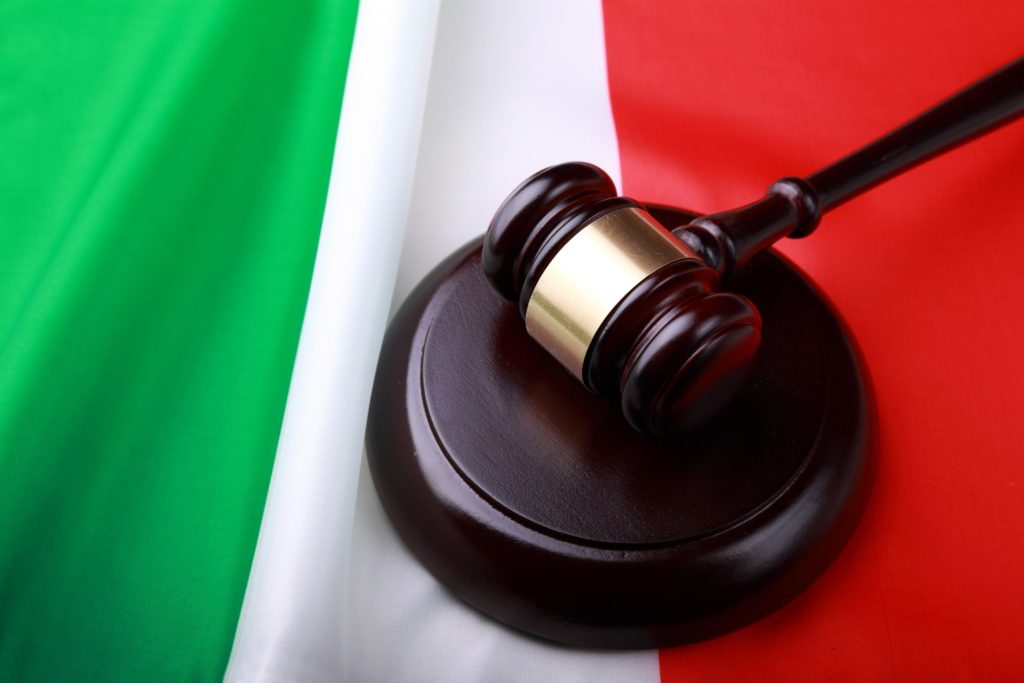
Italy has one of the most generous citizenship routes in the world. Through jus sanguinis, thousands of people have claimed dual Italian citizenship. But to do so, you must establish your ancestral lineage. If you’re wondering, “How do I find my Italian family?” then you are in the right spot.
The dual citizenship experts at Get Italian Citizenship are here to help. From genealogical research to full citizenship application assistance, we do it all. The benefits of becoming an Italian citizen are too great to pass up. Let’s connect today and get you on your way to this fantastic opportunity.
How Far Back Do I Need to Go in My Lineage?
Here’s the beauty of dual citizenship with Italy: you can go back as far as needed to establish your birthright. Italy does not impose generational limits on its citizenship requirements. So if you need to go back three or four or more generations to claim your citizenship, you can.
The other good news is that it’s highly unlikely that you need to go back that far. Many people can successfully earn their dual Italian citizenship through parents or grandparents. And a lot of people go back as far as great-grandparents. But it’s rare that someone needs to go further than that.
How Do I Prove That My Italian Family Makes Me Eligible?

When you use a professional citizenship expert for your application process, we help you with family research to ensure that you have a legal birthright. We use a series of questions that follow a sort of flowchart to determine if you will have a successful application.
The simplest path is very straightforward. You look for your nearest relative who had Italian citizenship and didn’t naturalize to the United States or another country.
However, many people aren’t eligible for the simplest path. This fact will not surprise anyone who has ever worked within government rules and regulations.
Decades of legal challenges and constitutional changes created several significant loopholes for citizenship. And these loopholes almost exclusively come into play for women in your family tree. Again, this truth won’t shock many people, especially the ladies. As a woman-owned business, Get Italian Citizenship shares your frustration.
But while these twisty paths to citizenship may require more work, at least they now exist. Here are two of the most common scenarios involving your female ancestors.
1948 Cases
Before 1948, Italian women could not legally pass their citizenship to their children. The “right of blood” was exclusively available through an Italian man. The law changed on January 1, 1948, but it only impacted women who had children after that date.
If you are establishing citizenship through a woman and her child born before 1948, you cannot apply through the consulate. Instead, you will have to present your citizenship application in an Italian court.

The law now recognizes this birthright, but the application must go through the court rather than the typical consular appointment. Fortunately, you do not need to be in-person for these proceedings. Our expert Italian lawyers present the case on your behalf.
This road to citizenship does require the careful gathering and translating of documents to ensure a successful application. But working with an expert team will make it painless on your part.
Automatic Naturalization
Typically, if your closest Italian relative became an American citizen before having children, you are not eligible for dual citizenship. The line breaks with that naturalization process.
However, there is another loophole. In the United States before September 22, 1922, if a foreign-born woman’s husband became a naturalized citizen, she automatically became a citizen, too. She didn’t have a say in the matter and didn’t get the opportunity to choose this path.
And an Italian woman became a US citizen by default if she married an American man. Again, this decision was out of her control.
Italy recognizes that those women did not consciously choose to give up their Italian citizenship. You may still be able to claim your birthright through a bloodline that includes this situation. As with the 1948 cases, you will need to have an attorney present your case in the Italian courts.
How Do I Find My Italian Ancestors?

Italians immigrated to the United States in droves in the late nineteenth and early twentieth centuries. Records indicate there were about 25,000 Italians in the US by 1870. Many of them were Northern Italians fleeing the reunification wars.
Approximately four million Italians arrived between 1880 and 1924, mostly from Southern Italy. This massive immigration means that Italian ancestry is widespread, with about six percent of Americans having Italian heritage.
How do you trace your Italian ancestry? With patience and, if possible, some expert assistance.
Here are the top ways to reveal the branches of your Italian family tree.
Ask Your Relatives
Many people tend to go straight to online genealogical sites when they want to learn about their Italian roots. But the first step in most cases should be to ask your family what they know about your lineage.
It’s very likely that your grandparents have a lot of details they can share with you. Tracking a family’s ancestry was important and common in earlier generations.
Your older family members may have saved vital records, such as marriage and birth certificates. Or they might know the year that your ancestors arrived in the United States. Many families have a Bible in which they record all of these important dates, too. Take some time to ask questions and write down all the facts and stories your relatives remember.

Research the National Archives
Millions of vital records reside in the national archives. Although it may feel like finding a needle in a haystack, locating pertinent documents is actually quite doable. The more information you have from your relatives, the easier it will be to track down immigration and naturalization records.
Online Ancestry Searches
Many genealogical websites offer robust records searches with both free and paid versions. These sites can provide significant information to help you determine if you qualify for Italian dual citizenship.
Italian Archives
If you can read Italian or have a relative who can, you may find records through Italian archives. Similarly, many Catholic churches in Italy maintain excellent records dating back to the 1500s. Searching their databases can give you precise birth and marriage dates for your ancestors.
Hire Professional Citizenship Services
When you find yourself Googling “my Italian family,” the simplest way to get what you need is to hire expert help. At Get Italian Citizenship, we have already gone through the application process ourselves. So we know exactly how it works.
Our team does its best Sherlock Holmes impersonation for you, tracking down vital records in Italy and the US. We do the legwork for you, and we handle the professional translations, as well.
If you are eager to stop wondering about your heritage and to find your roots, reach out to our crew to get started.
